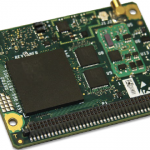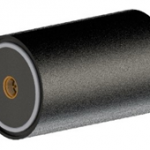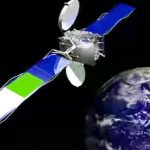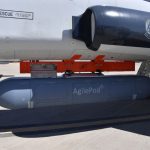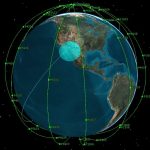June 30, 2021
NASA has awarded a contract to the University of Michigan for the Cyclone Global Navigation Satellite System (CYGNSS) for mission operations and closeout. A constellation of eight microsatellites, the system can view storms more frequently and in a way traditional satellites are unable to, increasing scientists’ ability to understand and predict hurricanes. The total value of the contract is approximately $39 million. The CYGNSS Science Operations Center is located at the University of Michigan.
Read More >
By Inside GNSS





